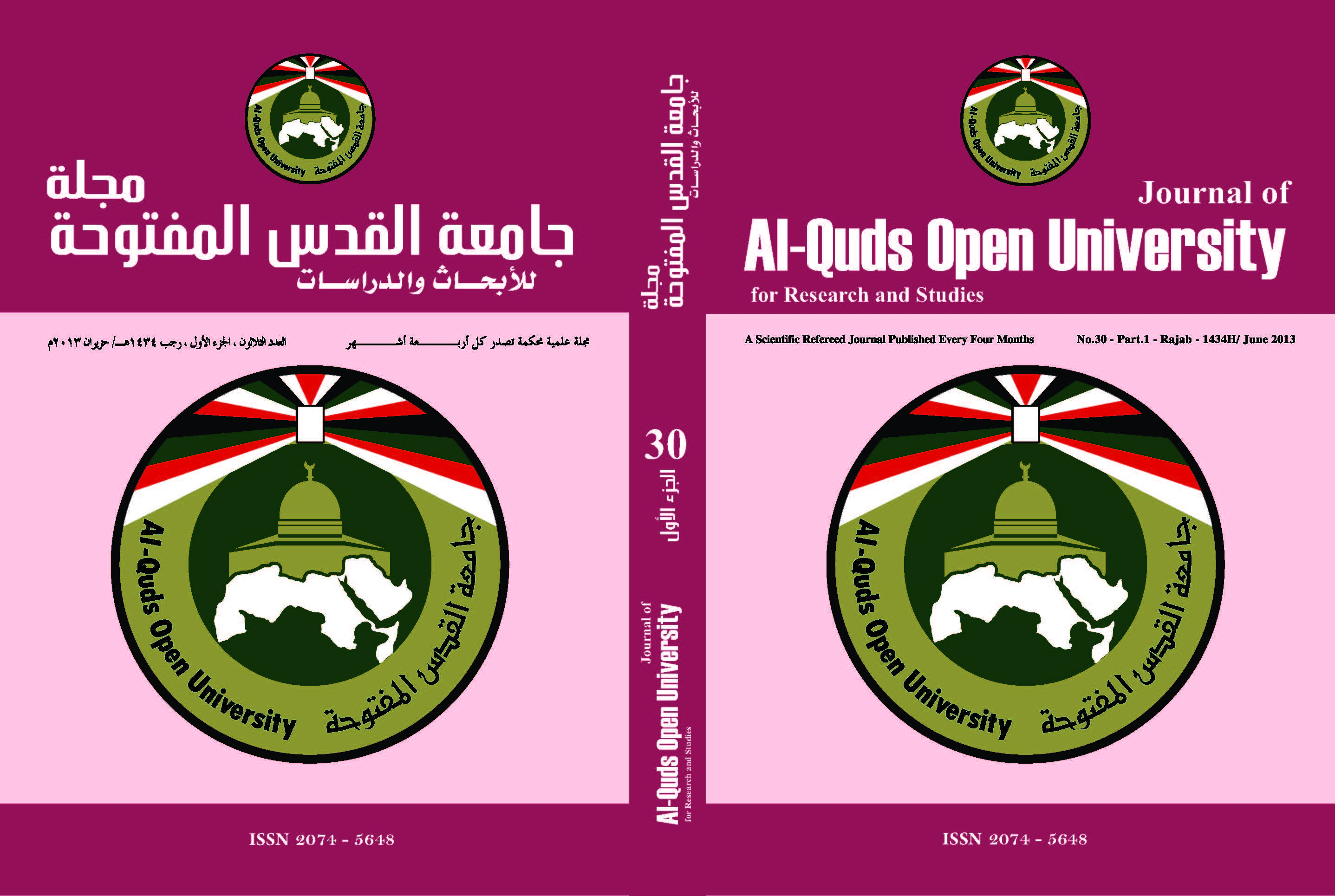The Pattern of the Geographical Distribution of Gardens in the city of Hail
Keywords:
Patterns Distribution, Population Densities, Chi Square, Lorens Curve, Person Correlation.Abstract
Gardens are considered one of the most prominent land use in cities
in the present time. They form a high percentage in new cities’ plans in all
modern countries. The purpose of establishing parks is to find appropriate
green areas for entertainment, while most cities suffer from environmental
pollution.
This study aims to identify the pattern of the geographical distribution in
the city of Hail in relation to the geographical distribution of the population
densities in city neighbourhoods. In addition, it aims to calculate the average
share of individuals in the existing gardens in the city, as well as the nature
of variation in the number and spaces of gardens in the city neighbourhoods.
The importance of the study arises from Hail’s having a great
constructional development in the present time which came as a result of
establishing Hail University and due to the establishment of the industrial
zone. According to the aims mentioned previously, the results of the study will
hopefully be an important database for Hail’s city planners.
The study used the descriptive analytical approach in analyzing digital
and tabular data of Hail Municipality. Statistical techniques were used to
identify the geographical distribution pattern for parks and the size of
concentration in the distribution. Finally, Chi Square, Lorenz Curve and
Parson Correlation were used to show the relation between the parks’
geographical distribution and the population density.
The study has found that 73.3% of parks in Hail have excellent and good
level of services. However, 79.9% of Gardens concentrate in an area no
more than 12.8% from the total city area, which confirms the concentration
phenomenon.
The study recommends the necessity of paying more attention in
establishing Gardens that distribute in all neighbourhoods of Hail city.
Moreover, there should be a focus on improving all kinds of services in public
Gardens in order to have specialised gardens that include educational and
cultural centres.
Downloads
Published
How to Cite
Issue
Section
License
- The editorial board confirms its commitment to the intellectual property rights
- Researchers also have to commit to the intellectual property rights.
- The research copyrights and publication are owned by the Journal once the researcher is notified about the approval of the paper. The scientific materials published or approved for publishing in the Journal should not be republished unless a written acknowledgment is obtained by the Deanship of Scientific Research.
- Research papers should not be published or republished unless a written acknowledgement is obtained from the Deanship of Scientific Research.
- The researcher has the right to accredit the research to himself, and to place his name on all the copies, editions and volumes published.
- The author has the right to request the accreditation of the published papers to himself.













_2.png)
_.png)
_2.png)
_1.png)
_.png)

